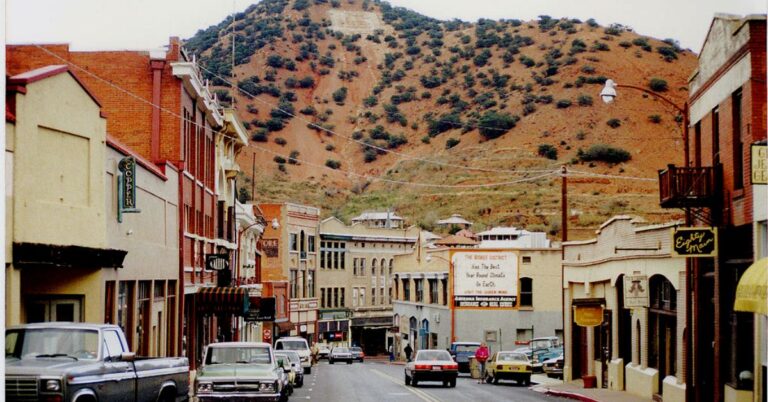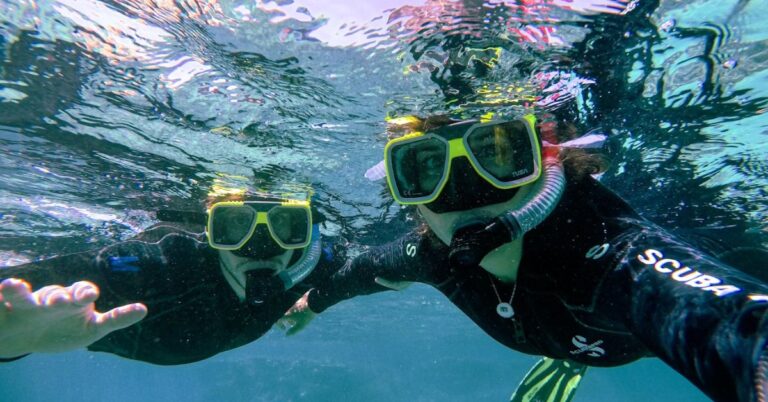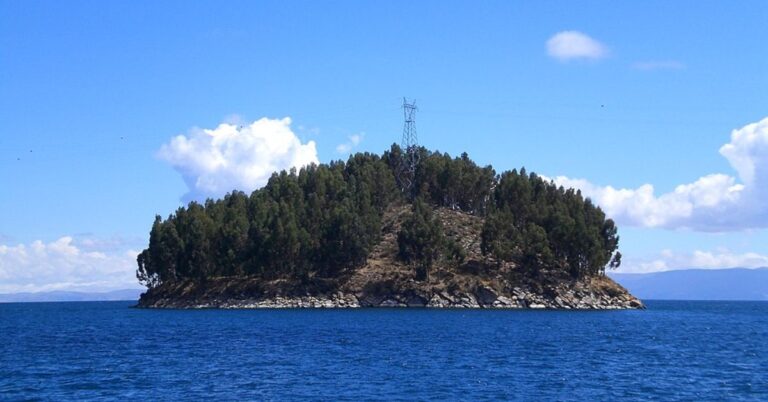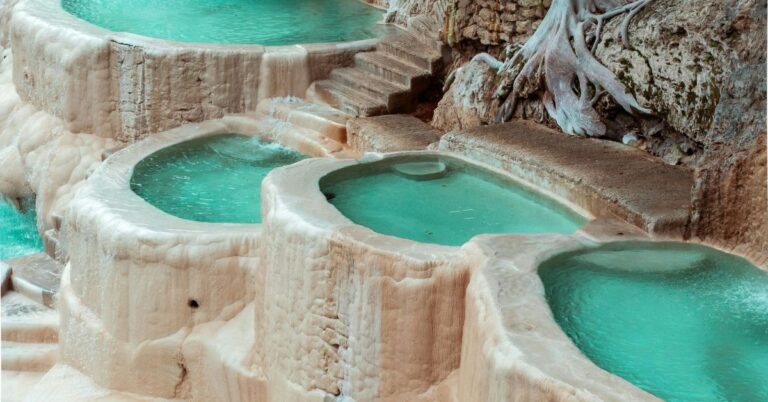25 Lesser-Known Places To Visit In Croatia Beyond Dubrovnik And Split

If you’ve explored Dubrovnik or strolled along Split’s waterfront, you might think you’ve seen all that Croatia has to offer. But there’s so much more to discover beyond the popular cities. Croatia is full of hidden gems waiting to be explored. Here are 25 lesser-known destinations that locals swear by and travelers often stumble upon off the beaten path.
Skradin

Step into Skradin, a quiet riverside town where the Krka River meets history. Along the waterfront, ancient stone houses stand, and a short ride brings you to the magnificent waterfalls of the nearby national park. It’s a living postcard, far from the tourist throngs.
Rovinj

A fisherman once said Rovinj changes color with your mood. This coastal town’s facades go from blush to gold to indigo as daylight bends over the Adriatic. Artists swarm here in summer, and even its market smells like lavender, sea salt, and peach schnapps.
Risnjak National Park
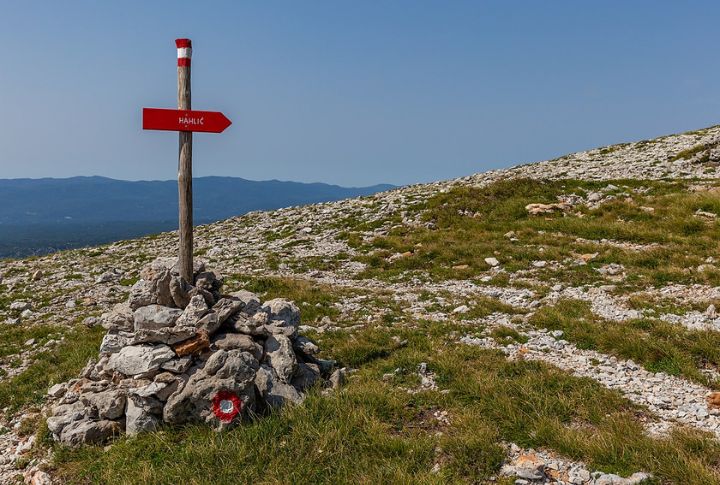
Nothing stands still in Risnjak National Park. Trails wind through dense forests and past jagged peaks, where lynx roam quietly. Each turn reveals a wilder world, one less trodden than most. Come for solitude, and stay for the way it resets your pace.
Groznjan
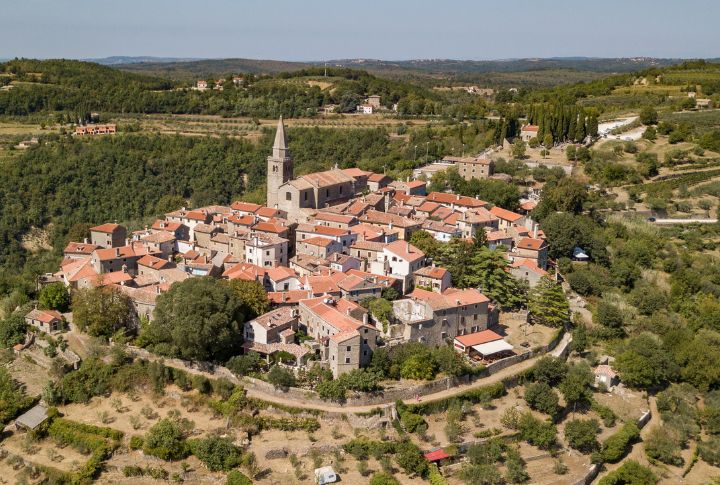
Artists breathe life into Groznjan’s medieval stones. This tiny Istrian hilltop village hums with galleries and summer music festivals. Perched above vineyards, it blends quiet charm with a creative pulse, far from the coastal crowds.
Lastovo
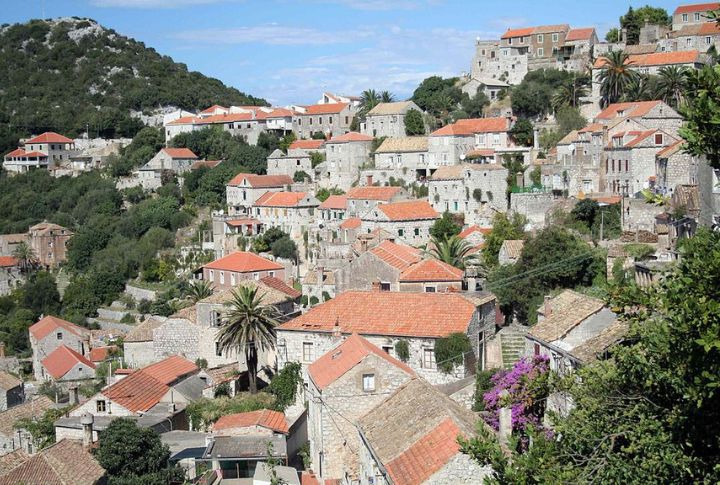
Sun-drenched and serene, Lastovo invites you to explore its pine forests, hidden bays, and starlit skies. Far from yacht crowds, this island offers medieval churches and a slow pace. Don’t leave without stargazing from its untouched hills.
Zadar
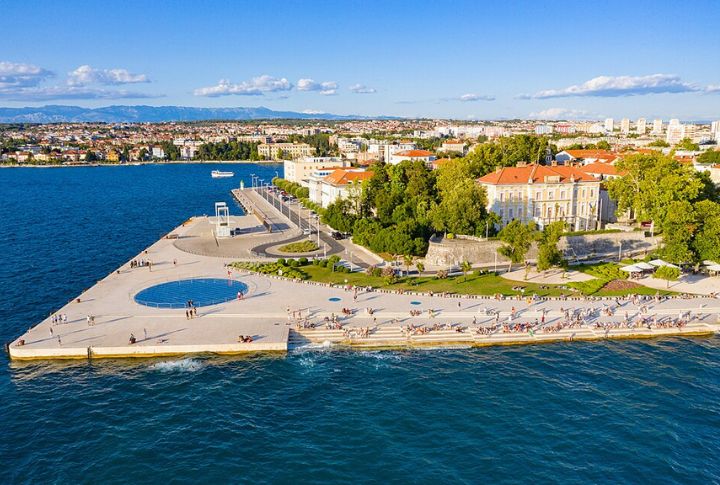
Waves compose symphonies under your feet here. Zadar’s Sea Organ doesn’t look like much—just steps into the sea—but listen closely. The Adriatic itself whistles melodies through tubes beneath. Hence, you don’t just visit Zadar; you get serenaded by it.
Korcula

Nicknamed “Little Dubrovnik,” Korcula delivers medieval walls and legends about Marco Polo’s birthplace. Unlike its bigger cousin, it trades crowds for quiet elegance. Wander the fishbone-patterned streets and find a konoba for black risotto, then let the Adriatic breeze do the storytelling.
Sibenik

Sibenik built a cathedral entirely without mortar. Here, St. James Cathedral’s intricate stonework feels impossibly human. Four fortresses crown the town, each with its own tale. So, climb to the top of Barone Fortress and watch orange rooftops blink in the sun.
Samobor
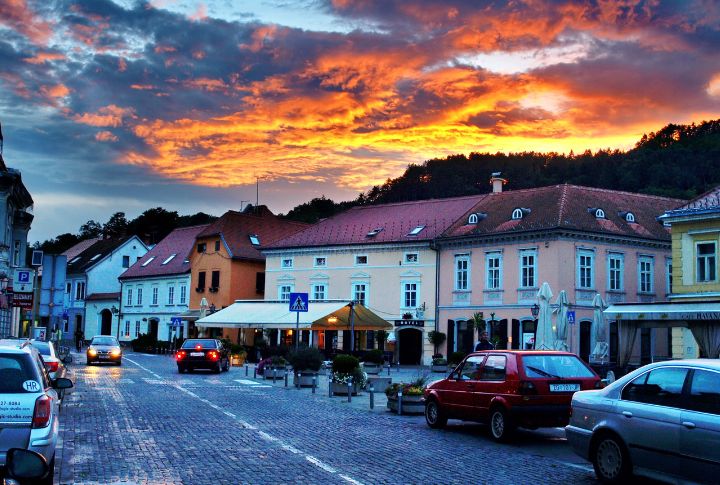
Cobblestone streets and a ruined castle greet you in Samobor. This quaint town near Zagreb offers Austro-Hungarian flair, bustling markets, and the famous kremsnita cake. Skip through its alleys and find a chill retreat off the beaten path.
Brac

The wind carries salt, pine, and olive oil scents through Brac’s quiet villages. Home to the shapeshifting Zlatni Rat beach, the island also houses Europe’s oldest stonemason school. Sailors, swimmers, and stone lovers come for different reasons—but everyone leaves with sandy feet and full hearts.
Trogir
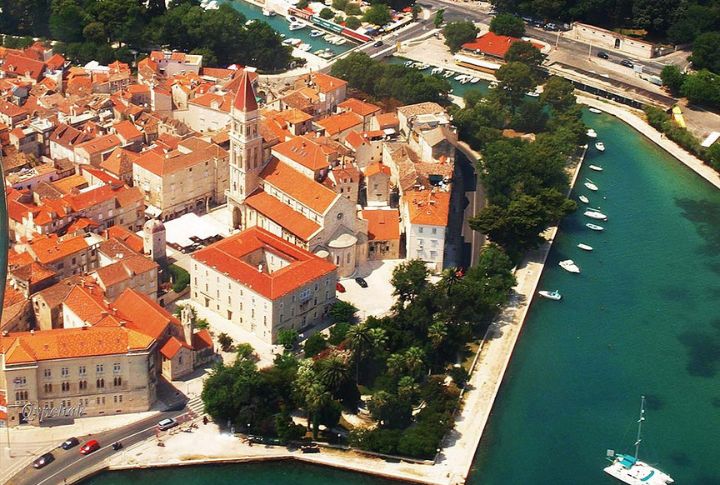
Cobblestone lanes twist through Trogir-like veins through marble. Founded by the Greeks, this UNESCO site still feels ancient. So, step onto the fortress walls and look back at streets that curl like vines. You will feel like you’re walking through a masterclass in medieval defense.
Vis
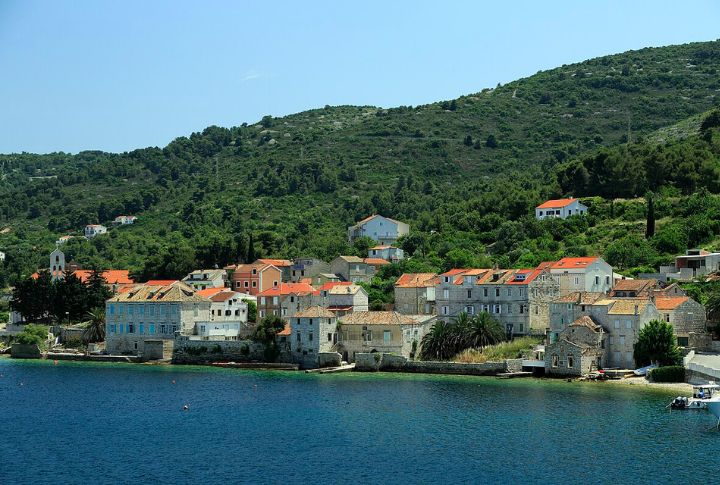
Once a military no-go zone, Vis still holds secrets. Yugoslav bunkers tunnel into cliffs, some so hidden they don’t appear on maps. Locals offer tours in vintage Jeeps, sharing tales of naval espionage over rakija. Skip the beach—this island’s best stories are buried underfoot.
Mljet
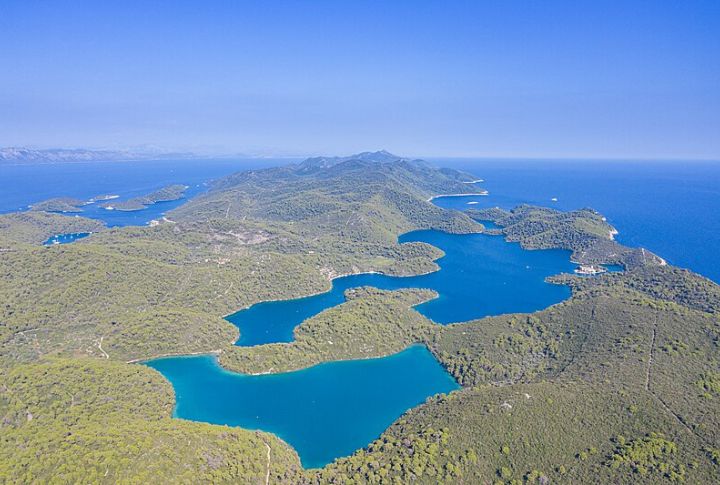
Pine forests whisper over saltwater lakes inside Mljet National Park, where a 12th-century monastery sits like a dream on St. Mary’s islet. Ferries run from Dubrovnik, but the vibe is worlds away. Bring a bike, rent a kayak, and escape the digital clock.
Motovun
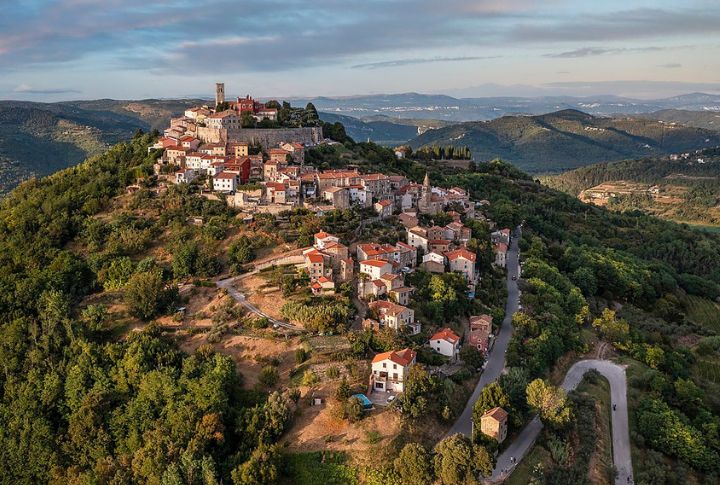
Motovun breathes truffles. After a rain, the scent curls out of the forest, earthy and electric. Truffle-hunting dogs lead the way, tails twitching. Moreover, this Istrian hill town celebrates the underground treasure with festivals, feasts, and folklore.
Biokovo Nature Park

Biokovo Nature Park’s wild beauty rises above the coast. Trails climb past limestone cliffs and rare plants, while vistas stretch to the Adriatic. This one is less a park and more a mountain playground, sculpted for quiet wonder.
Rastoke
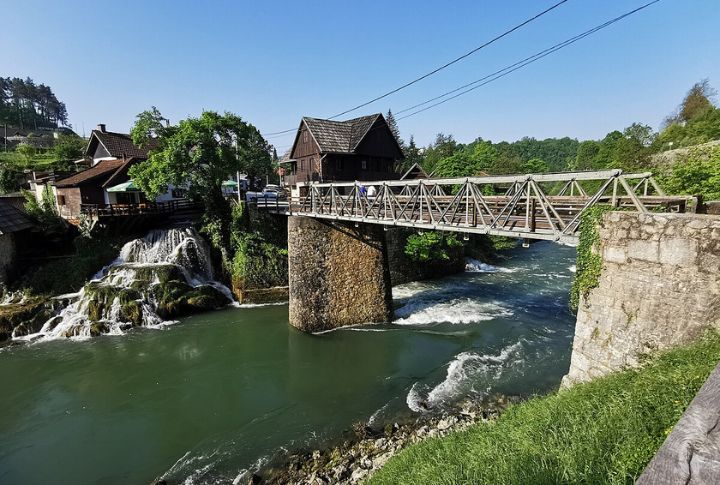
Water cascades beneath timber houses in Rastoke, often called a “mini-Plitvice,” where rivers converge and mills whisper ancient tales. Locals once believed fairies danced in the rapids. Stop here on your way to Plitvice—it’s the fairytale prelude before the grand adventure.
Porec

History peeks through every window in Porec, where Roman streets still set the grid, and the Euphrasian Basilica glows with sixth-century mosaics. Step inside, and golden tiles reflect light like a heavenly signal. Outside, the town hums with breezy cafes and casual elegance.
Omis
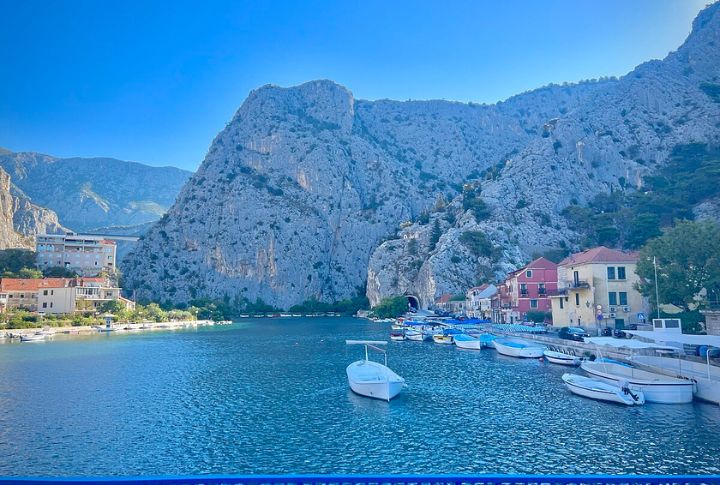
Cliffs loom like fortress walls over Omis, once a pirate stronghold guarding the Cetina River’s mouth. Adventurers now zip-line across the canyon or raft through emerald rapids. If the sea gets too sleepy, head inland, as this town’s pulse lives in the mountains.
Krk
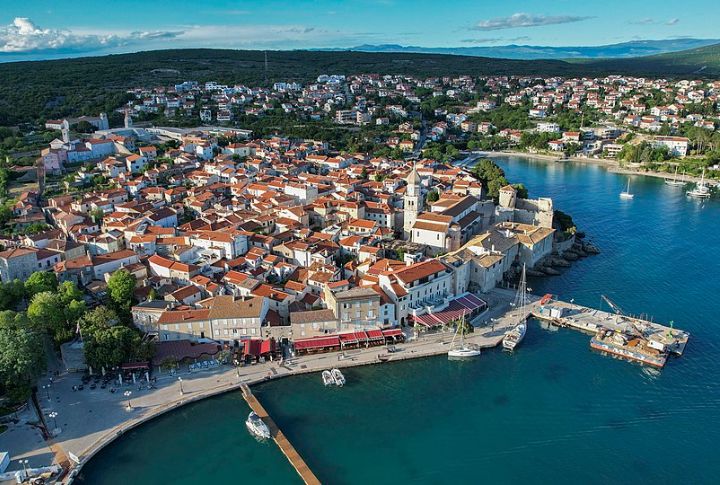
Krk feels both accessible and remote. Roman ruins, seaside promenades, and vineyards define its patchwork identity. It’s Croatia’s largest island, yet it rarely makes headlines. Want beach towns, hiking trails, and hilltop monasteries in one stop? Krk quietly delivers.
Northern Velebit National Park
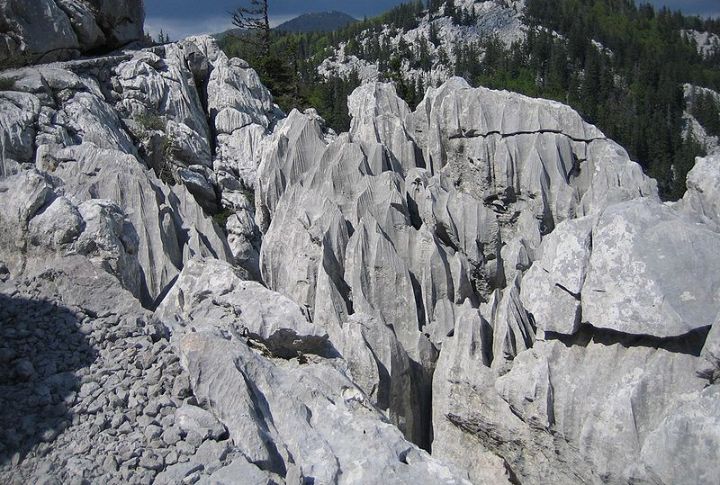
Step into Northern Velebit, and the silence deepens. Jagged peaks and thick pine forests surround the legendary Premuzic Trail, which weaves through one of Croatia’s wildest corners. No cities in sight, no shops in range—just wind, sky, and the thrill of raw beauty.
Palmizana
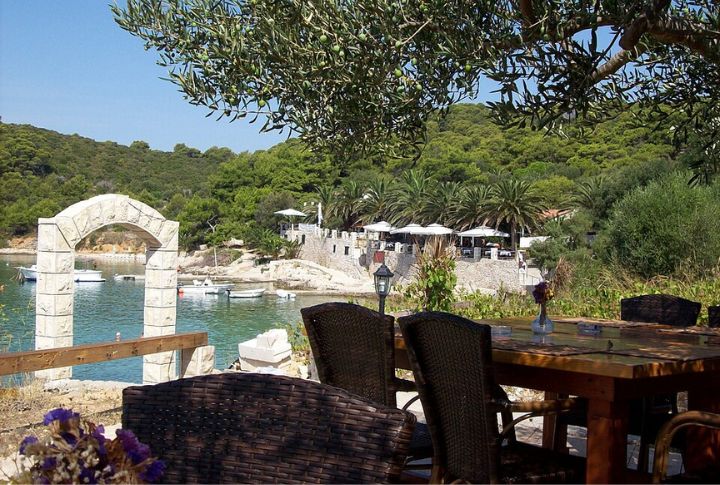
Botanical gardens flourish on Palmizana, a car-free islet just off Hvar. Artists have long found refuge in its pine-fringed coves. Swim, stroll, sip wine under blooming agave, as here everything feels soft—light, sound, time.
Cavtat
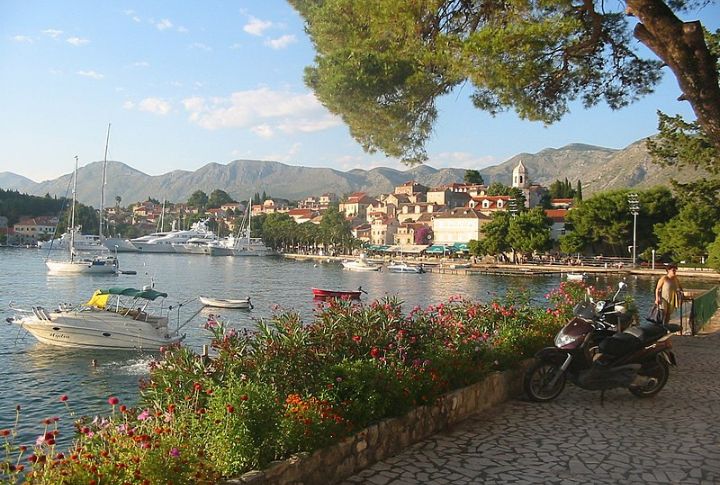
Stroll Cavtat’s palm-shaded promenade, where yachts bob beside fishing boats and history peers through shuttered windows. Just south of Dubrovnik, it offers a slower pace and fewer tour groups. Lastly, visit the Racic Mausoleum and then settle into a seaside konoba with locals.
Vukovar

In Vukovar, reminders of conflict live beside resilience. Buildings still bear war scars, but so do their stories. The baroque center has been lovingly restored, and the riverbanks now host festivals instead of firefights. You don’t visit Vukovar for escape—you come to witness how life rebuilds.
Pucisca
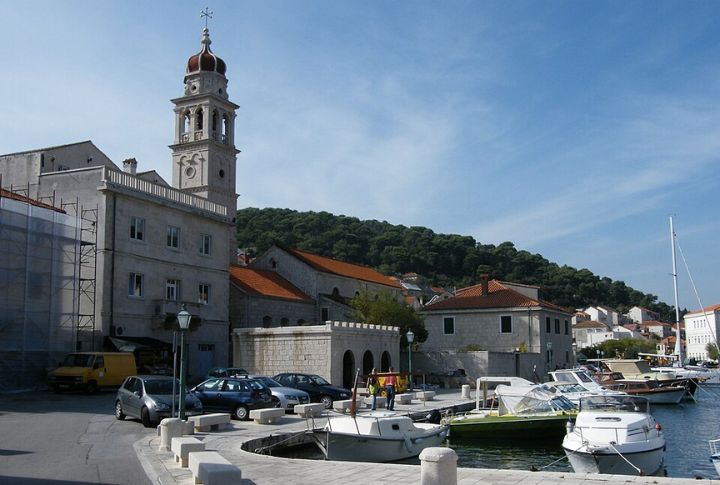
White stone shimmers in Pucisca, a village on Brac where Croatia’s finest limestone is cut by hand. The stonemason school here dates back to 1906. That’s why houses gleam like polished shells along a jade bay. Even the buildings feel like sculpture.
Paklenica National Park

Paklenica’s cliffs rise like jagged teeth, drawing climbers from across the globe. Hidden among them are cool beech forests, mysterious caves, and trails that lead to shepherd huts smelling of wood smoke and cheese. It’s a place where nature challenges and rewards.

